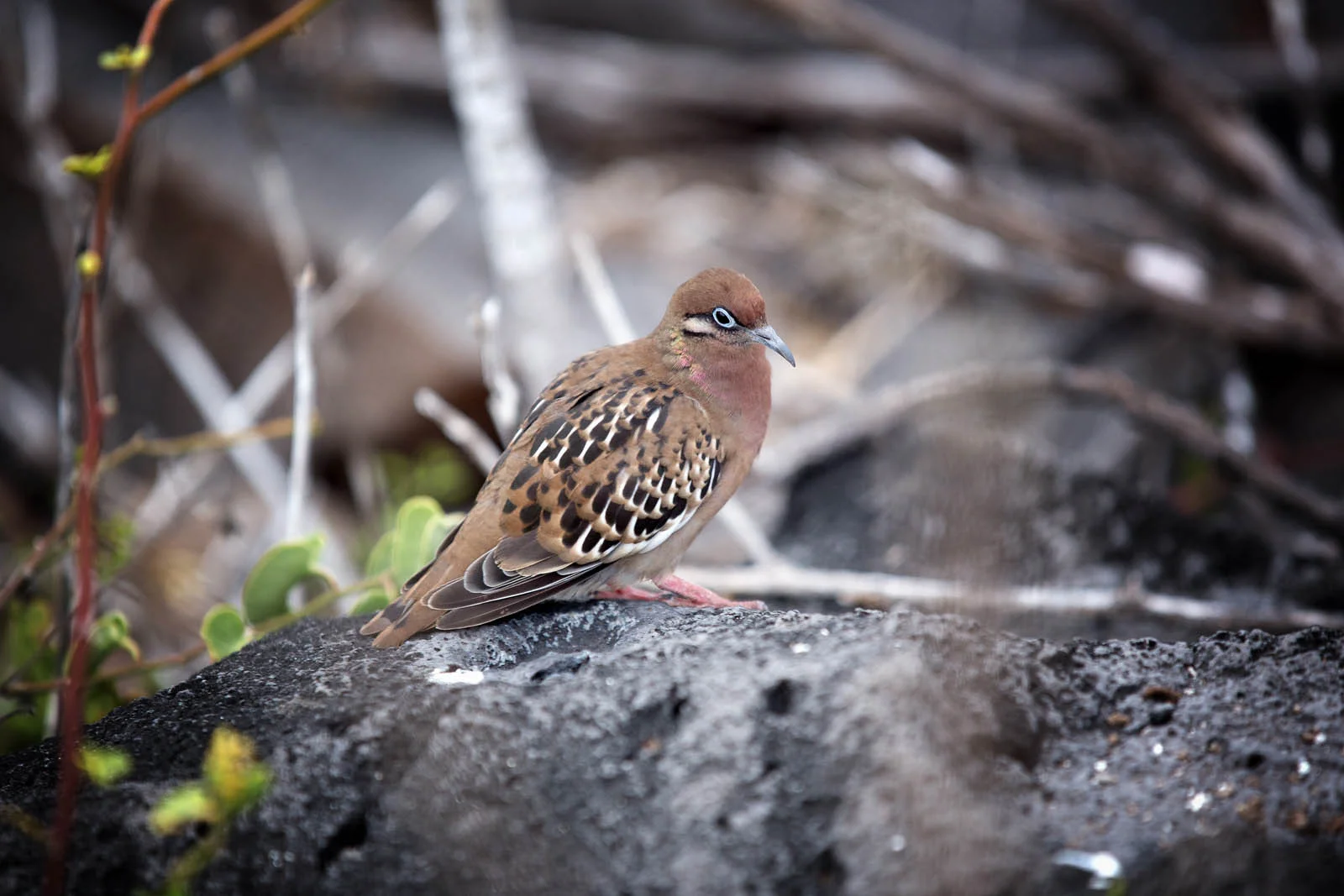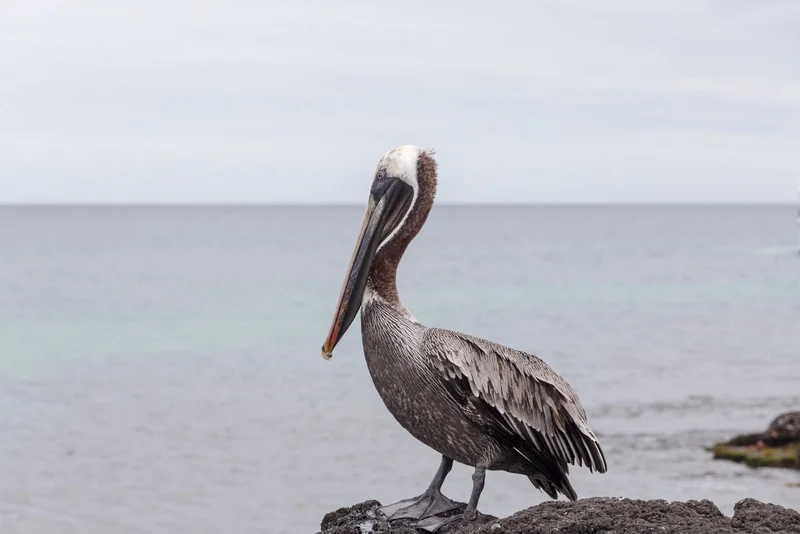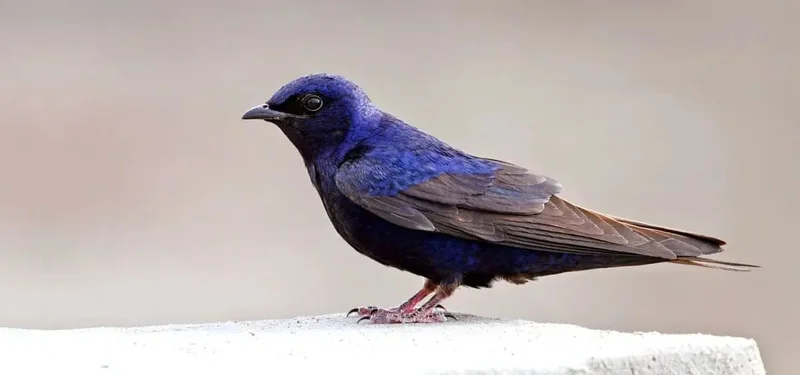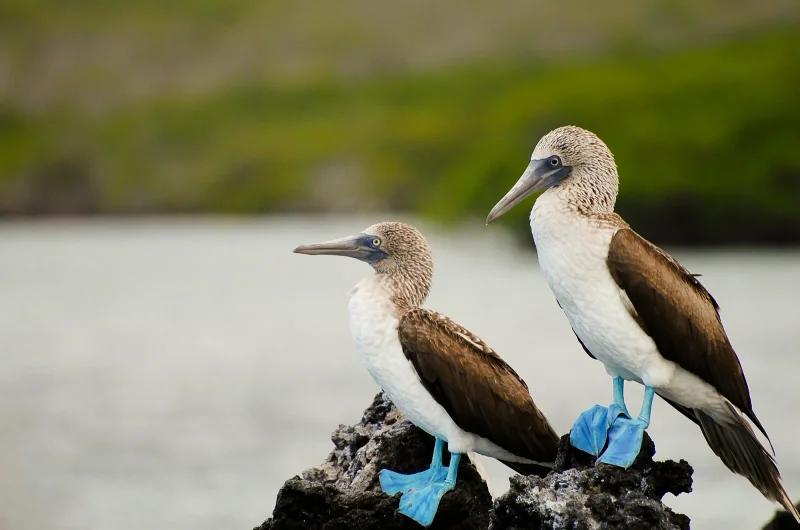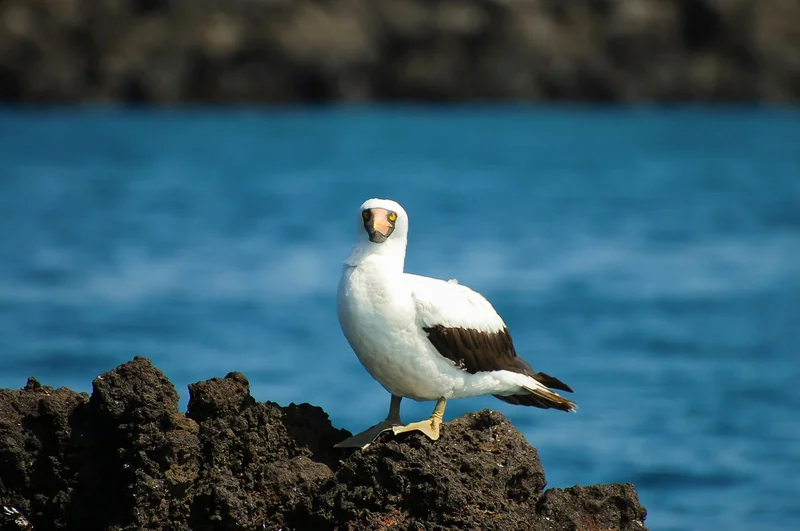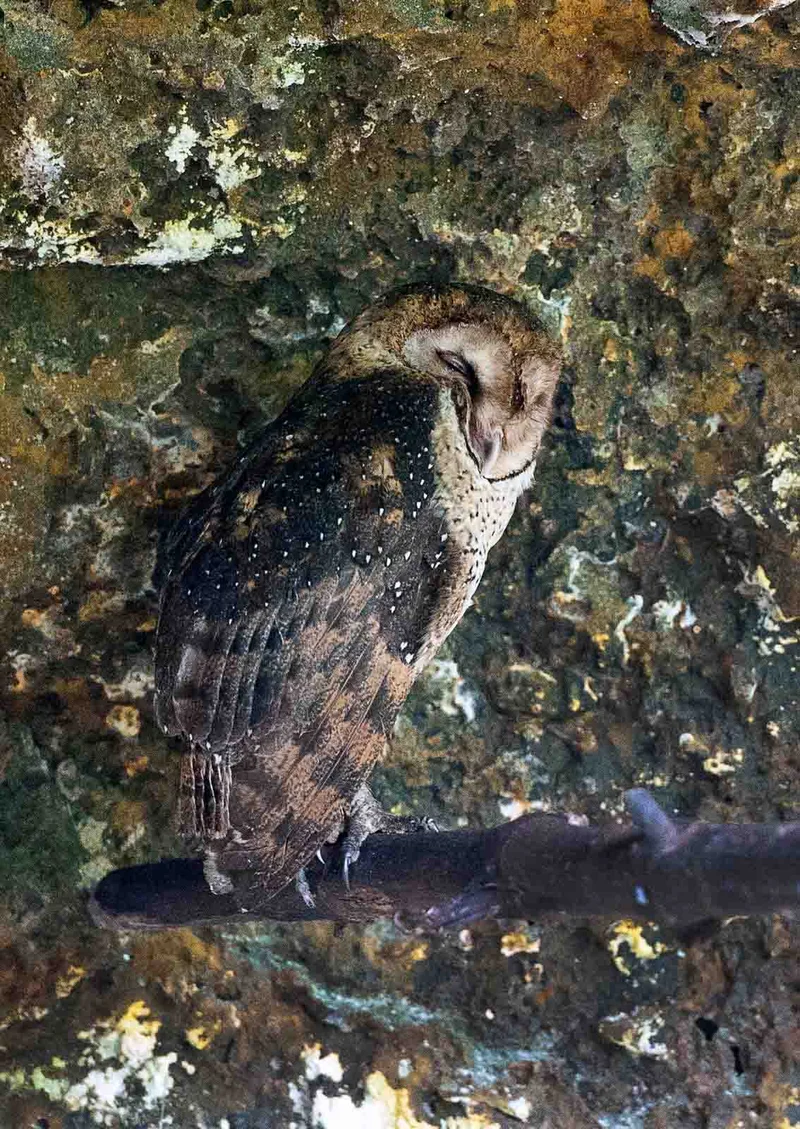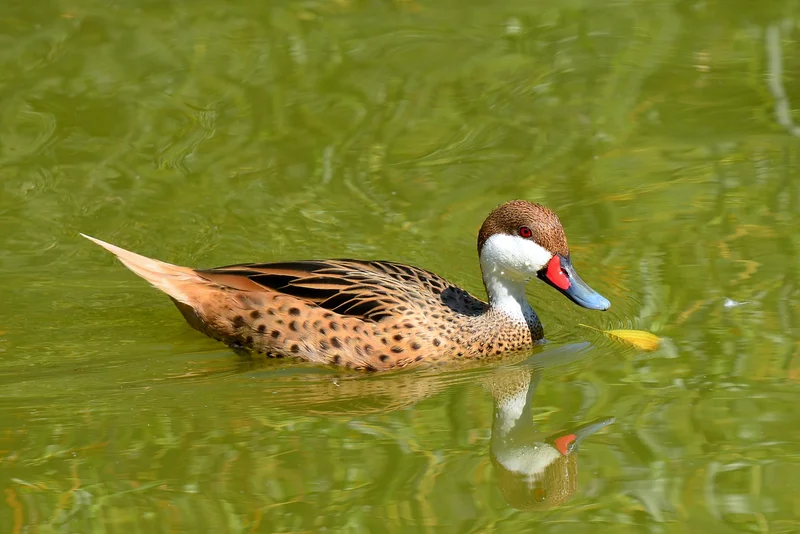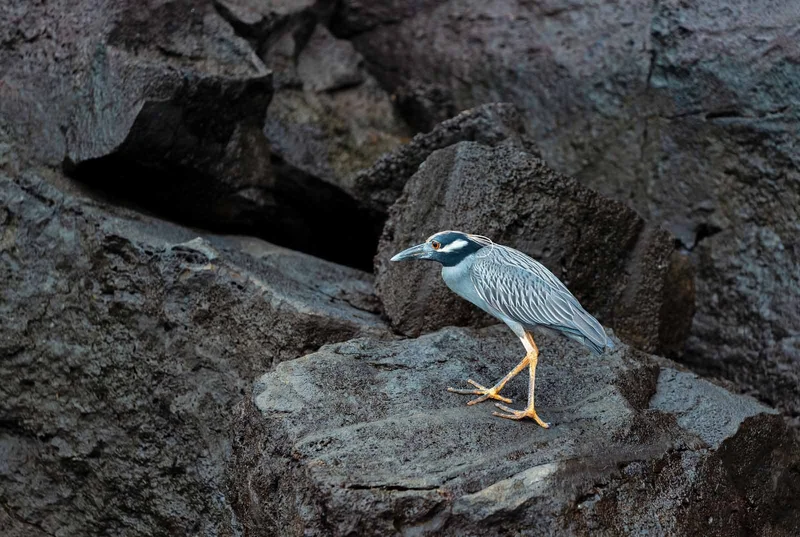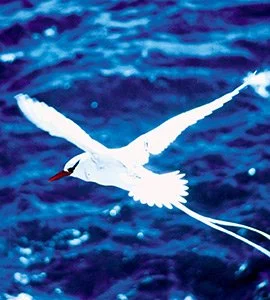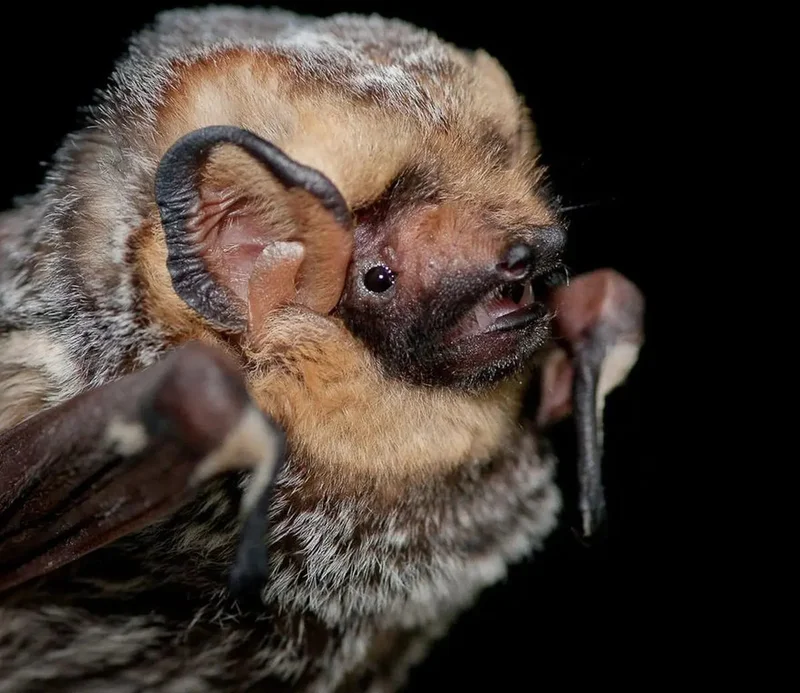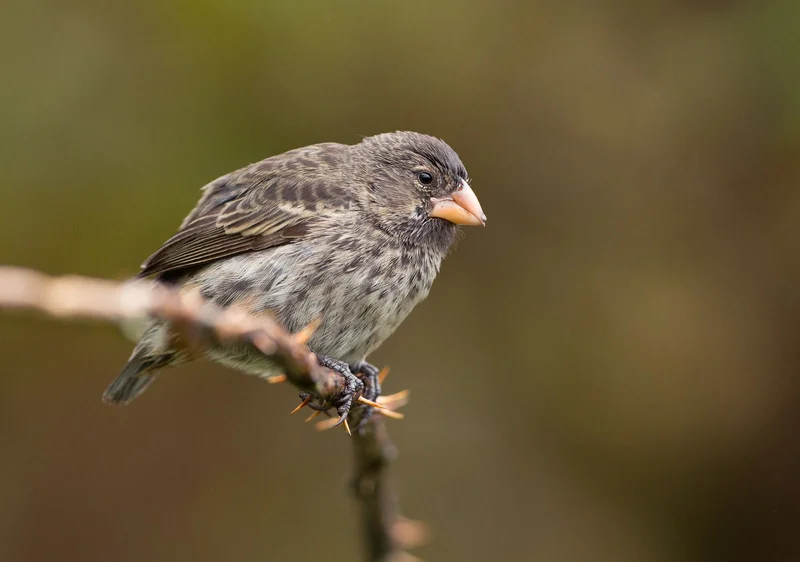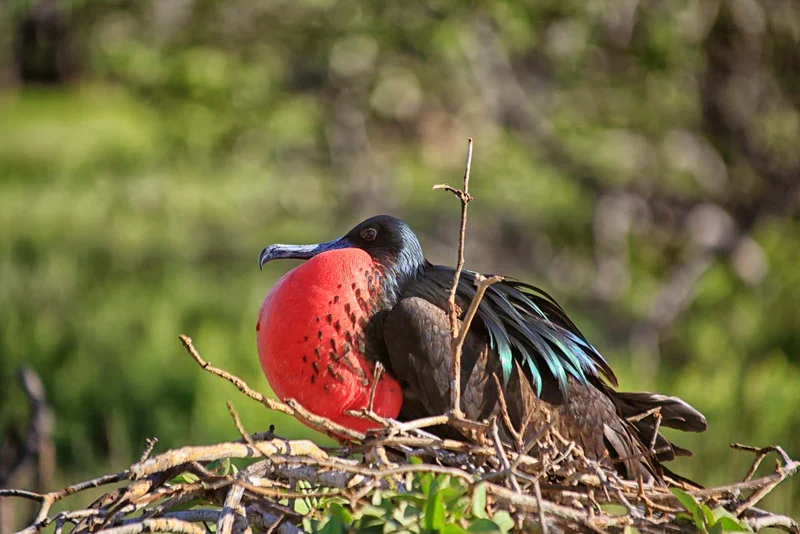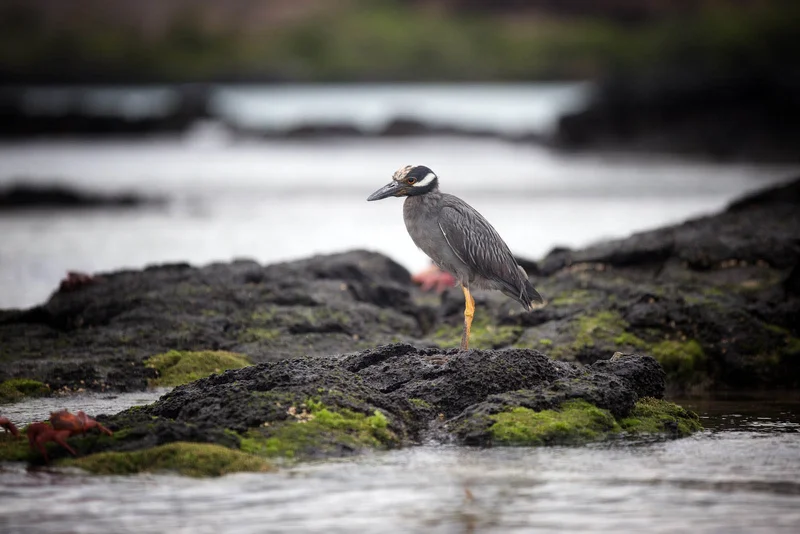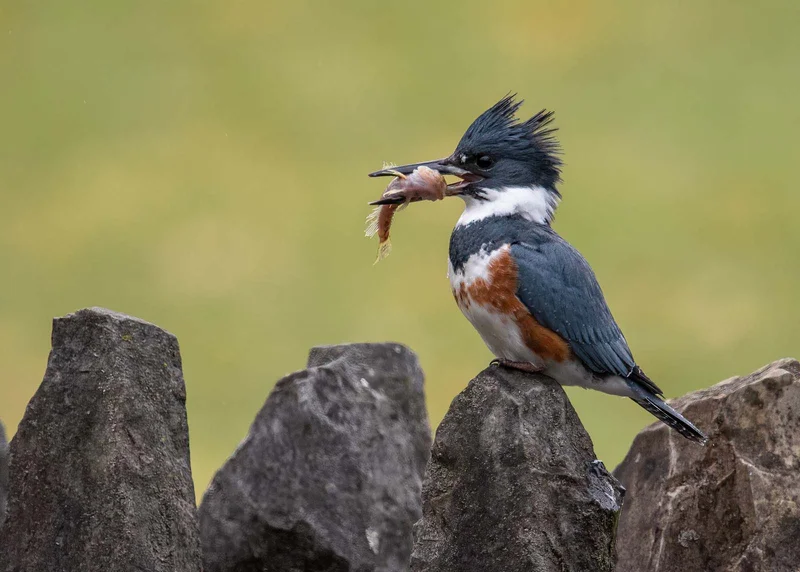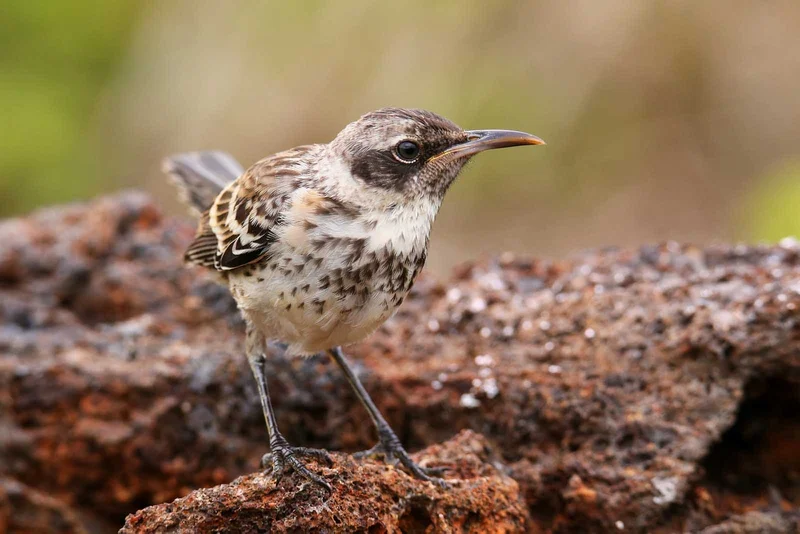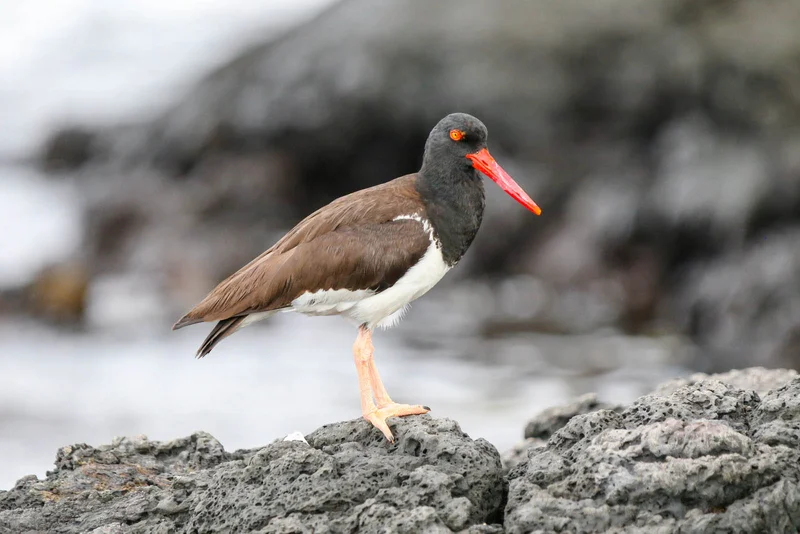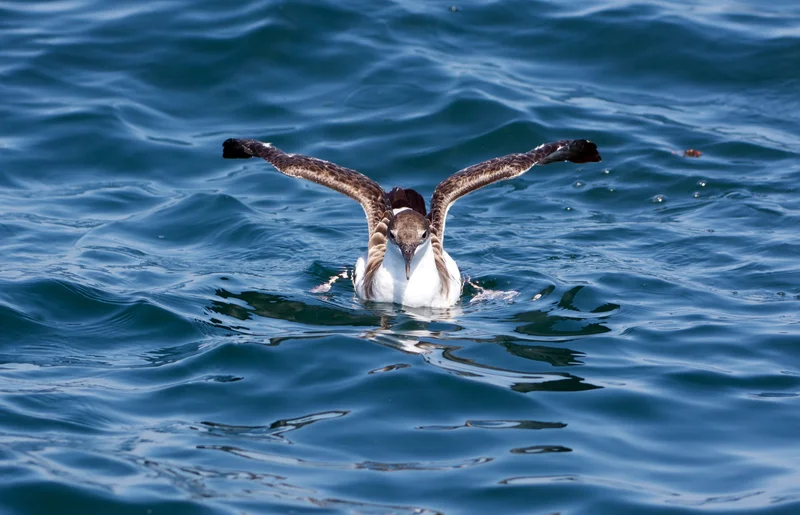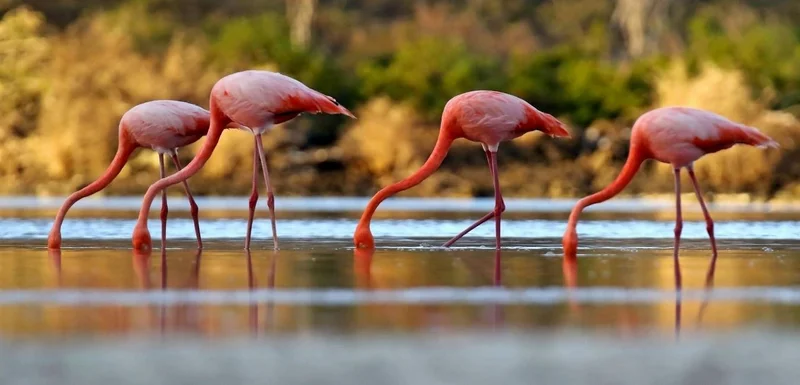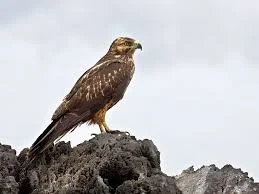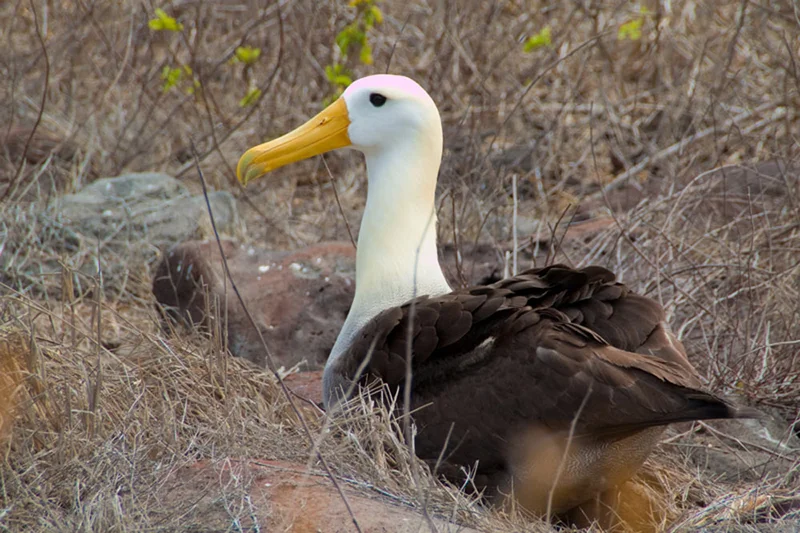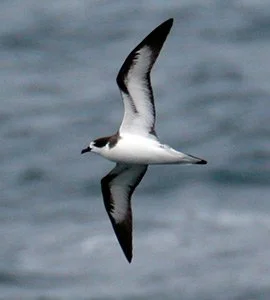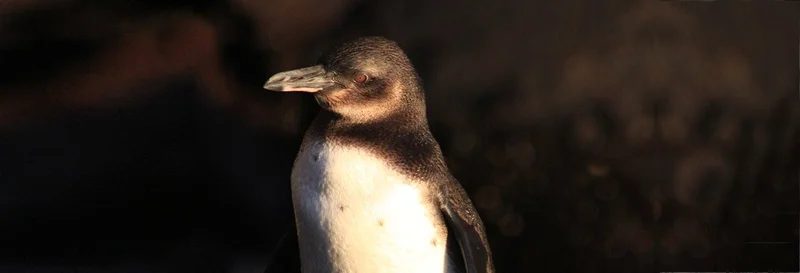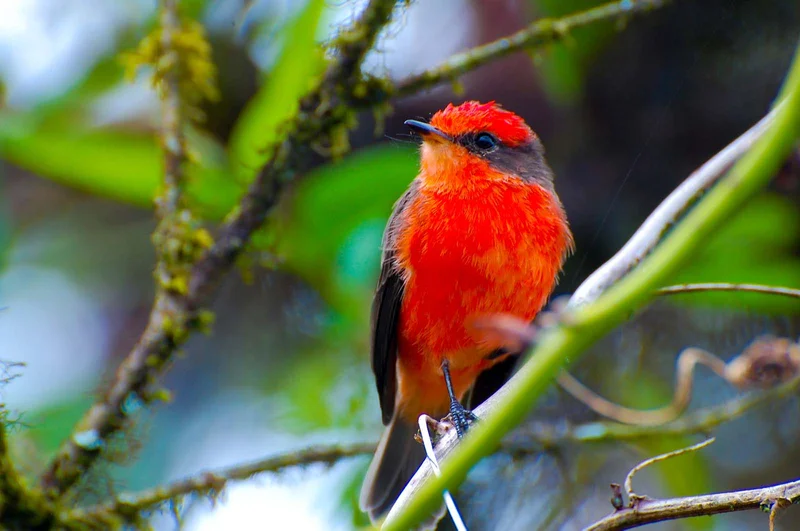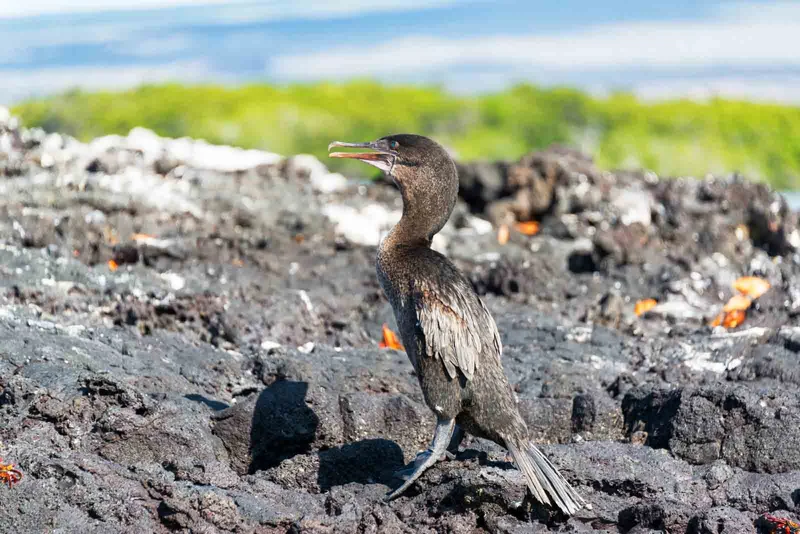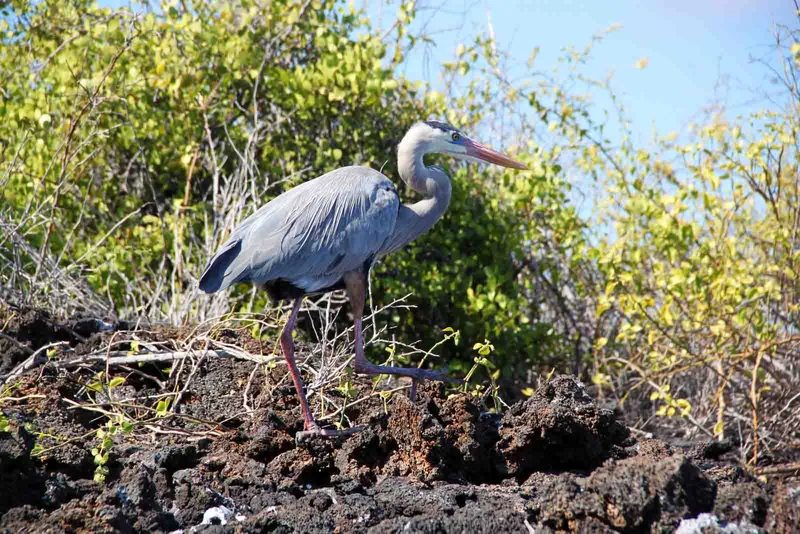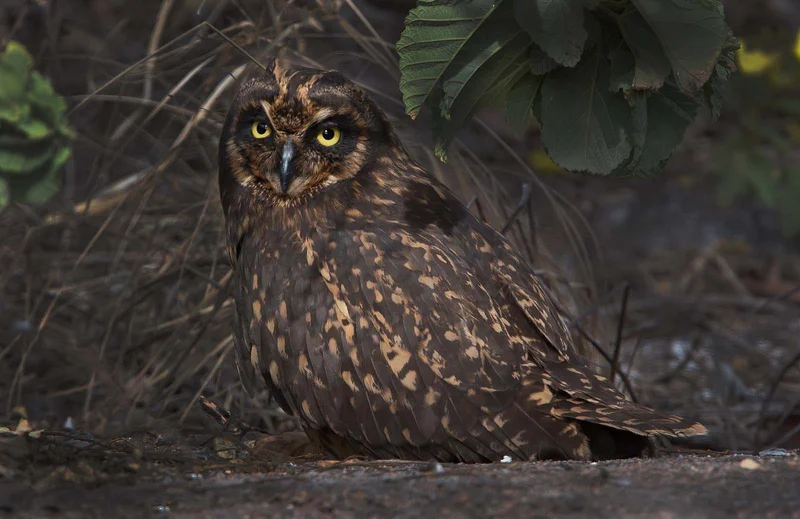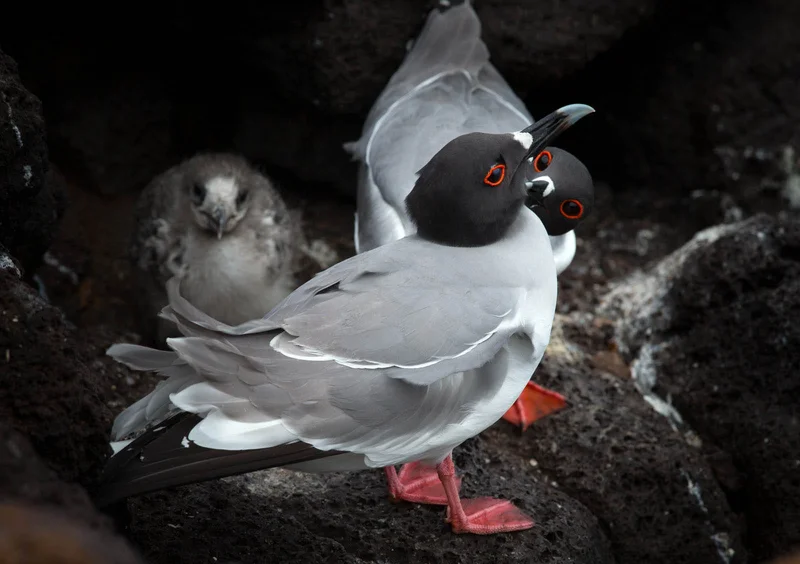Essential Information on the Galapagos Dove
The Galápagos Dove is well-known for its curiosity. Early sailors who arrived in the Galápagos noted that these native doves would land on their hats, heads, or shoulders. Unfortunately, this friendly nature made them an easy target for food for both sailors and early settlers.
Fortunately, the Galápagos Dove soon became more wary of humans. However, it’s still common to have one or more of these charming birds follow you closely during an excursion. You can identify them by their reddish-brown base color with black and white markings and hints of shimmering green, along with their red feet and a bright blue ring around their eye. They are more often found on the ground rather than in the air, as they prefer staying on the ground where they feed primarily on seeds and small fruits.
Like many native Galápagos species, the Galápagos Dove offers a glimpse into the wonders of evolution. Preferring the arid regions of the islands where the Opuntia cactus grows, the dove has taken on the role of a pollinator. With few bees on islands like Genovesa, the cactus spines there have softened over time, allowing the dove to pollinate the plants, eat their fruit, and help spread the seeds.
The doves build their nests on the ground, and an intriguing behavior they exhibit is pretending to be injured if a predator comes too close. This tactic is meant to lure the predator away by making it think it’s found an easy meal in the form of a “wounded” bird.
While the Galápagos Dove population is not currently considered at risk, the introduction of cats to the islands has become a significant threat to them.
